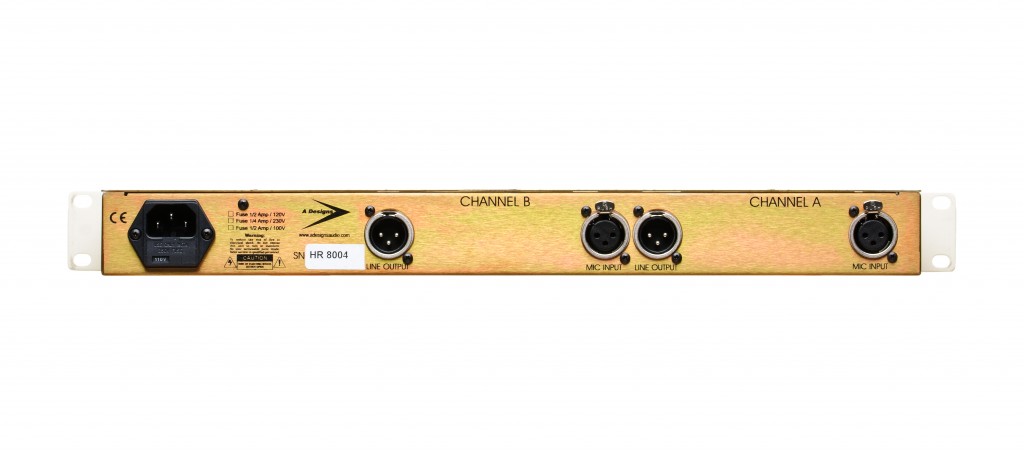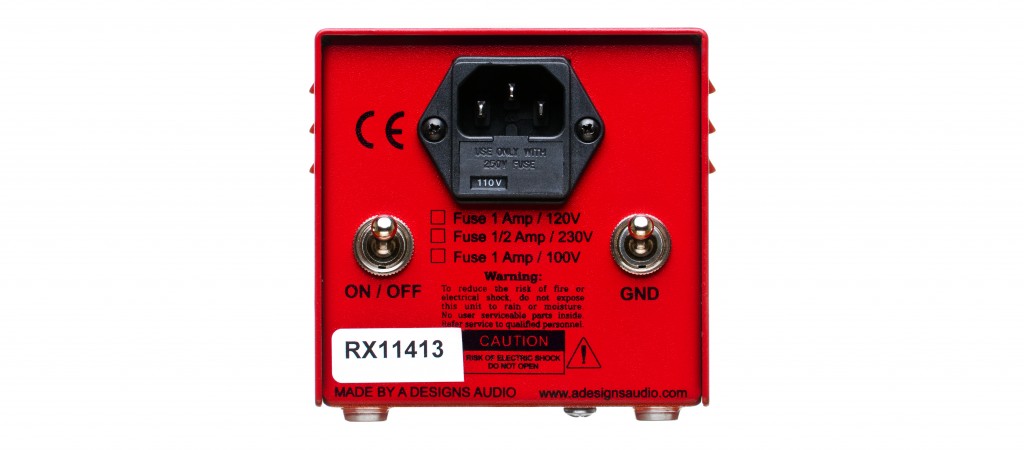Last month I was at Abbey Road recording a 48 piece orchestra (oh yes, lots of fun!). While Studio One and the music that has been recorded there needs no introduction, the approach to recording an orchestra there might. Studio 1 (as a lot of us know) is a very big room. So much so, that in addition to spot miking the different sections of the orchestra, utilizing a Decca tree is an excellent way to capture the players and character of the room. For those of you that may not know, a Decca tree consists of three omnidirectional microphones: one in the middle, one pointed to the left and one pointed to the right. Usually, Neumann M-50s are common choices for this type of setup.

I was talking with my friend Pieter Schillebeeckx from SoundField and he suggested I try their SPS200 recording system. Unlike all other SoundField microphones, the SPS200 has no associated hardware decoder box. Instead, it ships with a cross-platform software plug-in, the SPS200 Surround Zone, for Pro Tools HD or VST-compatible DAWs, and this performs the job of the hardware decoders in other SoundField microphone systems. The output audio format can be set from mono to six different types of surround sound, via phase-coherent stereo and M&S. What’s really cool about this is it literally gives you the ability to change the pick up pattern and position of the microphone after the tracks have already been recorded and the players have gone home. Very cool stuff.

Pieter made the trip down to Abbey Road and recommended I use it in place of the center M-50 of the Decca Tree. I agreed to put it up in addition to the M-50 so we could compare the two. Once we got everything routed and the session was up and running, I got levels/sounds, cut some tracks and then on playback of the first finished song, I started to A/B the two.

All I can say is wow! Not only does it sound great, but to have the ability to point the pickup pattern of the mic during a mix (via the plug-in) is something to behold. If the violins take the lead in the middle of the song-I just adjust where the mic is (was) pointing. It’s one thing to make a great sounding mic, but to have this kind of flexibility after the fact? Just killer. I can’t wait to try it on drums and some other things. Certainly worth checking out for yourself!